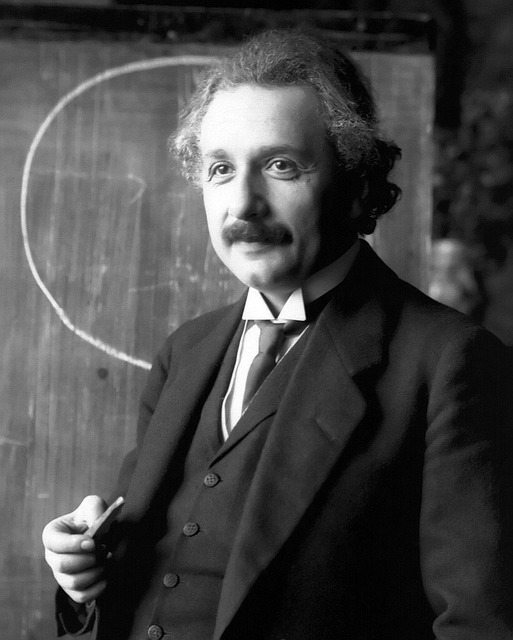Diary Entry 1
Dear diary,
Lately, I have been exploring my ideas of space, time, and gravity. I’ve noticed how the laws we use in our daily lives seem to change when something moves really fast. For example, if a train could run at high speeds, it would seem to slow down outside for those inside the train. I have been writing and pondering for hours as I have been stuck on theorizing if time could slow itself down.
I feel like I am close to discovering something important. I started this theory to discover how the world really works, and I will work to figure it out.
Diary Entry 2
Dear Diary,
I have been writing down my experiences while trying to prove this hypothesis . I have also studied how light behaves at high speeds. It seems so simple yet the more I think about it, the more complicated it becomes! I have the idea that light travels at the same speed no matter how fast you are moving. I’ve thought up a number of examples, but not one of them seemed logical.
So I sat at my desk again, did the math, and potential equations. If the speed of light stayed the same for everyone, then time and distance should adjust instead, because no matter how fast you are moving, the speed of light always stays the same. I thought carefully, with my equations and theories. I called it The Theory of Relativity.
Diary Entry 3
Dear Diary,
Since my previous studies and my recent discovery, I still have been wondering why light doesn’t follow the same rules as everything else. Since it travels the same speed no matter how fast we move, that doesn’t make much sense under the physics I know- but then it hit me: maybe it isn’t the light that changes but how we measure it.
As I was at my desk still studying my work, looking for more answers, that was the idea that hit me. Could time move slower for fast-moving objects? I acknowledge this may sound strange, but when I work through all the math, it fits!
Diary Entry 4
Dear Diary,
After weeks of calculations and writing, I see it clearly now. Time and space have to change to keep the speed of light the same for everyone. That’s the answer I came up with just at my desk. All of the numbers fit, not just the equations I had written down, but the thoughts too!
This is the equation I came up with: e=cm². To solve it, I had to apply the conservation of momentum and energy to make out the equation. I had to consider these three objectives,
- Does the inertia of an object depend upon its energy content?
- What does the concept of conservation of energy imply in this context?
- And how does the concept of momentum factor into it all?
Those were the problems I asked myself while writing. As I wrote down the equation, I finally realized it. The concept of relativity I had figured out was supported by an equation. The “e=mc²”. However, I should note that from my extensive research, I may not be the one to find this out first, but still.. I am proud of my work and will, of course, publish this.
About the author

Patrice Recodo is 11 years old and in grade 6. She is from the Philippines.
She is an aspiring writer and drummer.
Patrice joined BUBOTS in February of 2025 and has gotten better at writing ever since!

